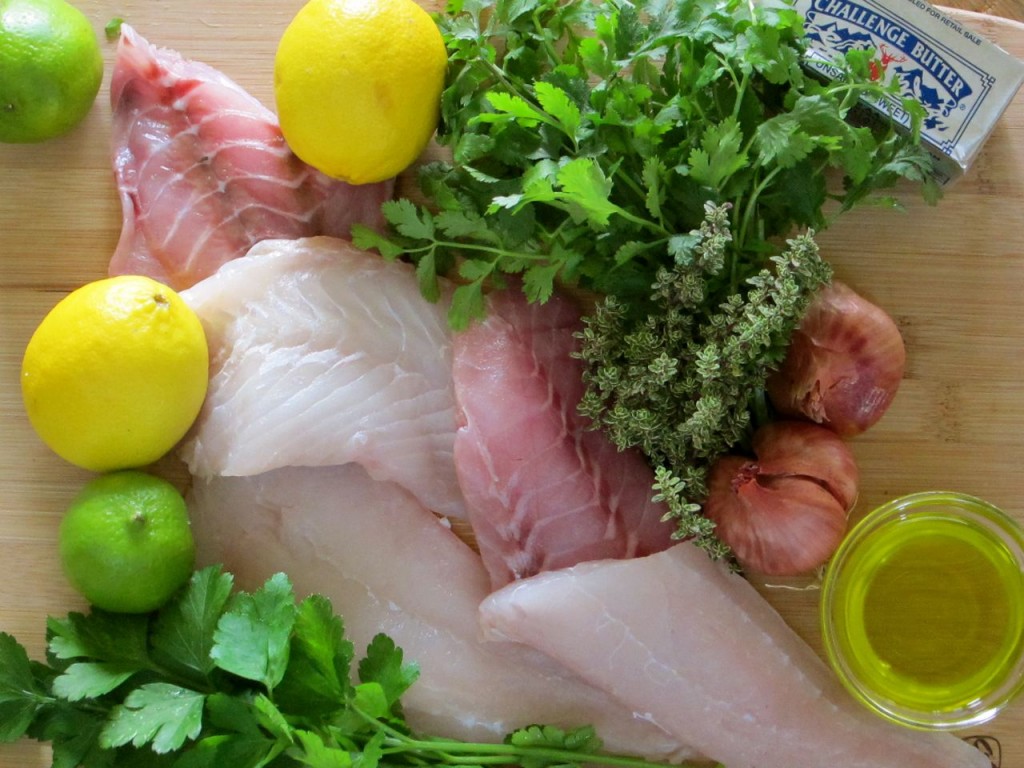Three Quick and Easy Sauces for Fresh Fish or Seafood
Many cooks, especially we from the Pacific Northwest intend to have seafood take a prominent position in daily meal plans, but we can’t seem to get beyond seasonal and often expensive salmon, trout, Dungeness crab, local mussels and oysters. Somehow we haven’t become familiar enough with other fish varieties like cods, sole, perch and rock fish to either know how to cook them properly or make sauces that will taste good and not overwhelm their delicate flavors and textures.
Fish varieties with less fat than salmon have delicate flavor and flesh that can break down and dry out when they are exposed to heat too long. The secret to cooking all fish is using high heat for as short a period of time as possible. Starting with the fish at slightly cooler than room temperature, fry, sauté, bake or grill it in a pre heated very hot pan or grill. Poaching is different; fish cooked in liquid cannot dry out. It can, however break apart if it is in too much liquid for too long a time. In the next posting I will cover cooking fish at high temperatures.
Once these delicate, less fatty fish are cooked, they benefit from delicate saucing. Here are three quick and easy sauces that will complement the flavors of most seafood: Basic Lemon Herb Sauce, Lime, Chili and Cilantro Sauce and Asian Sauce for Seafood. I hope they will give you the confidence to experiment with different varieties of our northwest bounty.
Hints
- With rare exceptions, I make sauce before I cook the seafood. Why? Because most seafood cooks faster than I can make sauce, and I want to pay attention to the fish while it cooks and then serve it immediately after taking it off the heat. These sauces will hold well for ten minutes.
- Fresh lemon juice is a must. Bottled citrus juice has a flat taste that removes overpowers flavor delicacy of both the sauce and the fish.
- When it comes to seafood, a little sauce goes a long way. Sole drowned in butter and lemon is icky.
- Does “previously frozen” seafood seem watery? Most commercially caught seafood is chilled or frozen almost immediately after it’s caught, safeguarding its natural texture and flavor. However, when it is thawed it can hold the moisture added from freezing, so drain or pat away the moisture before you cook it.
- Eat seafood, fresh or frozen that hasn’t traveled thousands of miles to get to you. If you want Orange Roughy or Tilapia, go on a vacation where they swim.
- For a more delicate flavoring, I use shallots or scallions rather than onions in seafood sauces.
- Butter is a richer fat than olive oil. For everyday seafood sauce I use olive oil for the fat and add a pat of butter at the end to get that rich taste. When I am cooking for guests I add a little more.
